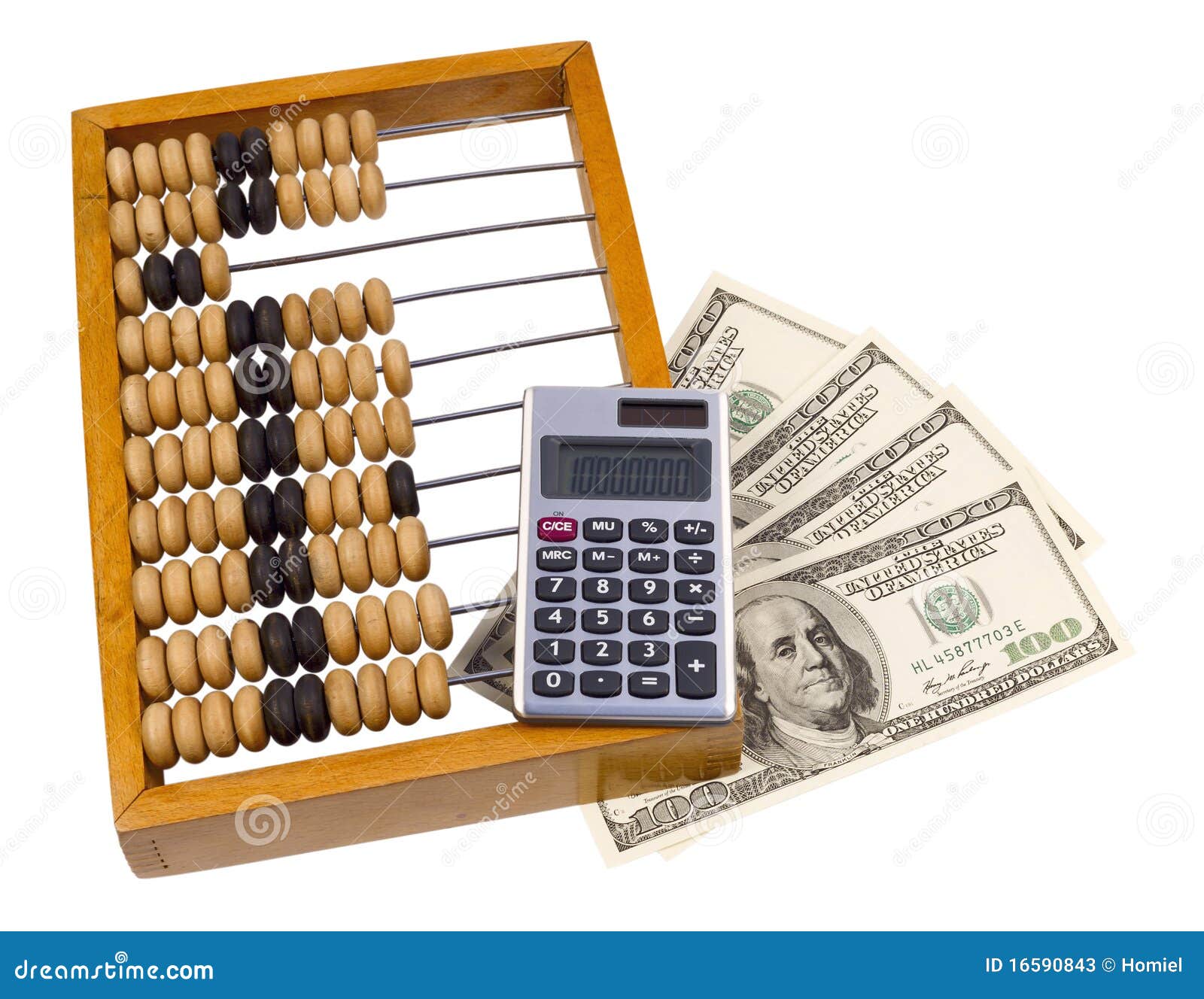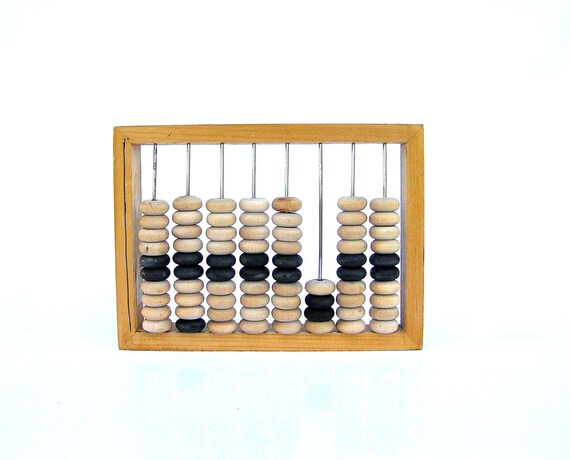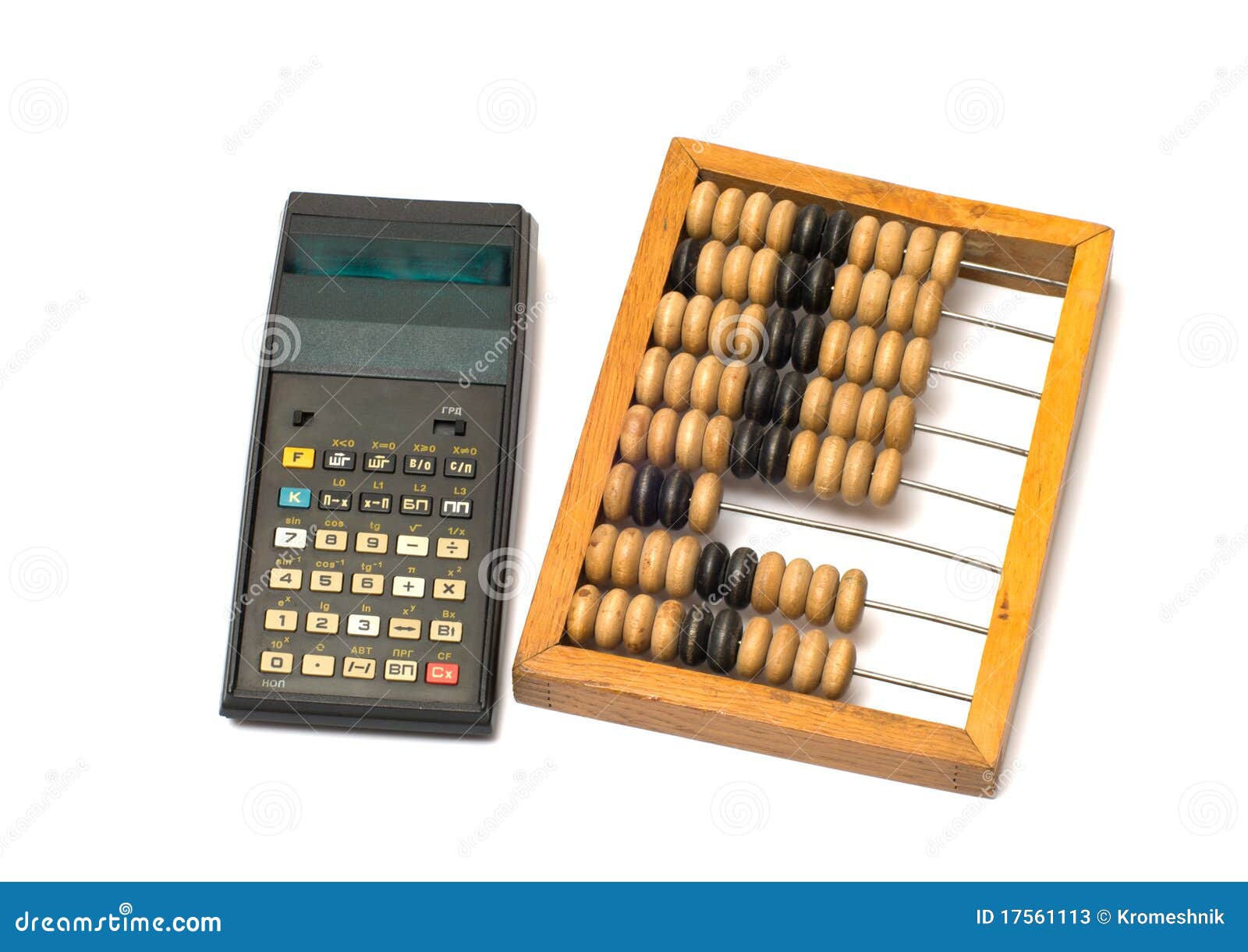

We carry out base-10 additions and subtractions (including carryover) in a single PCM-cell using picosecond optical pulses and energies in the sub-nano-Joule range. Here we show that processing and storage is in fact possible, demonstrating an on-chip abacus-like photonic device that simultaneously combines calculation and memory. Previous work has used such an approach to demonstrate integrated all-optical memories 11, 12. The high refractive index contrast means that if we place PCMs onto nanophotonic waveguides, we can switch them between states using optical pulses sent down the waveguide, and readout the resulting state optically too. A key feature for such applications is the high contrast in both the electrical (resistivity) and optical (refractive index) properties of PCMs between their amorphous and crystalline states 8, 9, 10. PCMs have been the subject of intense research and development in recent decades, mainly in the context of re-writable optical disks and non-volatile electronic memories 8, 9, 10. Our approach is based on the progressive crystallization of nanoscale phase-change materials (PCMs) embedded with nanophotonic waveguides. In this work, we demonstrate a key component in this quest, namely an integrated all-optical abacus-like arithmetic calculating unit.

Carrying out such a radical approach entirely in the optical domain using integrated chip-scale photonics would allow for exploiting the ultra-fast signaling and ultra-high bandwidth capabilities intrinsic to light 7. Computer architectures based on the multistate compute-and-store operation of a simple abacus can also provide us with such a radically new approach to computing, and one that can work directly in high-order bases rather than just binary. These new approaches to computation provide not only the same computational power as a universal Turing machine (describing all conventional digital computers), but also a range of additional and attractive properties including intrinsic parallelism, learning, and adaptive capabilities and, of course, the simultaneous execution of processing and storage that removes the need for continual transfers of data between a CPU and external memory 5. Indeed, such memristive devices can both process and store data simultaneously, and have led to the new concept of multistate memprocessor or memcomputer machines that compute with and in memory 5, 6.

The search for such new computing approaches has been boosted by the advent of so-called memristive devices, i.e., devices that can be excited into multiple (non-volatile) states and whose current state depends on their past history 2, 3, 4. Computer architectures that can somehow fuse together the two basic tasks of processing and memory (i.e., non-von Neumann architectures) therefore offer tantalizing potential improvements in terms of speed and power consumption. The constant transfer of data between CPU and memory leads to a ‘bottleneck’ in terms of the overall speed of operation (the well-known von Neumann bottleneck) and wastes very significant amounts of energy. Processing is carried out in the central processing unit (CPU), while separate memory devices store the results of any calculations carried out by the CPU. Modern computer systems however, based as they are on the so-called von Neumann architecture, separate, in time and space, the operations of processing and memory. In essence, the abacus provides two of the most basic functions of a computer, namely processing (calculation) and memory (storage), and it does this simultaneously and in a single device (or, as an alternative description, at one and the same location). At the same time, the abacus stores the result of such calculations in the (final) position of its beads.

By sliding the beads along the rods in appropriate ways, all the basic arithmetic functions of addition, subtraction, multiplication, and division can be carried out, along with even more complex operations. Each rod represents a different place value (ones, tens, hundreds, and so on), while each bead represents a single digit. In its most widely known form, the abacus consists of a frame, rods (or wires), and beads to implement a mechanical multistate machine. Everyone is familiar with the abacus, invented between 27 BC and one of the earliest mathematical tools 1.


 0 kommentar(er)
0 kommentar(er)
